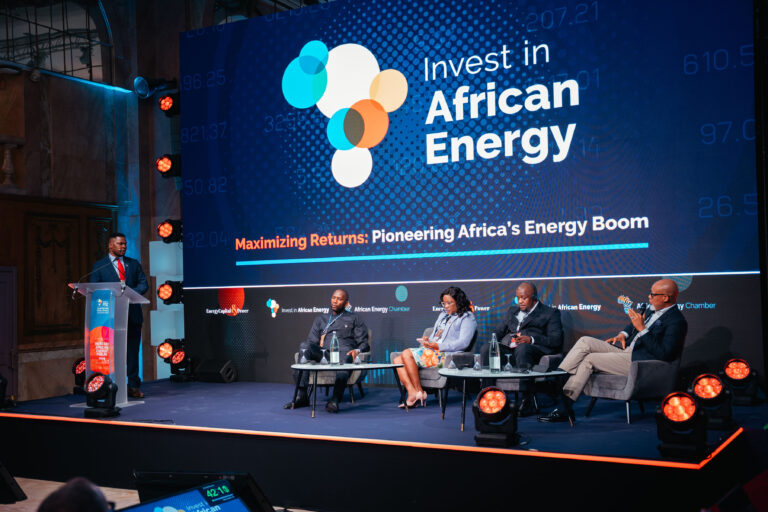Unlocking the full potential of Africa’s liquefied natural gas (LNG) sector will require a coordinated push involving risk-ready capital, strategic collaborations, and a strong focus on building local expertise. These were key takeaways from a recent panel at the Invest in African Energy (IAE) Forum in Paris.
During a session focused on maximizing returns from African gas, Julius Rone, Managing Director of UTM Offshore, emphasized that global demand for LNG remains high, but the main challenge is funding.
“The market for LNG is strong and growing year after year,” said Rone. “What we need now are investors who are ready to help us tap into that demand and bring our gas resources to market.”
Rone highlighted UTM Offshore’s $5 billion floating LNG (FLNG) development off Nigeria’s coast, currently in the pre-construction phase. He noted that indigenous firms are more than capable of forming effective partnerships to spearhead these developments, with UTM planning to reach a final investment decision (FID) soon and expand its FLNG footprint to other African nations.
Competitive Edge Begins at the Source
For Africa to attract global LNG stakeholders, its projects must begin with cost-effective gas extraction and a dependable legal environment. Federico Petersen, Chief Commercial Officer of Golar LNG, pointed out that Africa has a strategic location advantage over the U.S. due to its proximity to Europe and Asia. However, cost competitiveness must be established early in the value chain.
“If Africa can outperform the U.S. at the source — at the wellhead — then it has a real chance to lead in liquefaction and exports,” Petersen stated. He stressed the need for projects that combine access to affordable gas, solid partnerships, and clear, stable legal contracts. “Everything starts with cheap, accessible gas and a trustworthy business climate.”
Infrastructure as the Foundation
Rather than leaping directly into export, African nations should prioritize domestic infrastructure to support gas utilization, argued Denis Chatelan, Business Development Head at Perenco. He pointed to Perenco’s efforts in Gabon and Cameroon, where the company invested in local gas-to-power and industrial projects as a stepping stone toward LNG production.
“We started by developing the resource itself and putting the right infrastructure in place,” Chatelan explained. “Taking investment risks on infrastructure is necessary if you want long-term rewards. That’s the strategy we’ve committed to.”
Building Local Capacity for Sustainable Growth
According to Jiří Rus, Director of Sales & Business Development at Neuman & Esser, a successful LNG strategy in Africa must also include operational support that’s rooted in local communities.
“We can’t run these projects from overseas alone,” said Rus. “We’re establishing service hubs within Africa, like our center in Port Harcourt, Nigeria, and expanding similar efforts in Mozambique to sustain long-term operations.”
Dominique Gadelle, Vice President of Upstream & LNG at Technip Energies, echoed this sentiment, underscoring the importance of delivering benefits at the local level before targeting international markets.
“Developing local industries, creating jobs, generating power—these are priorities,” said Gadelle. “There are also multiple ways to monetize gas, like producing fertilizers. Collaboration across African regions and investing in training and education are critical to making these projects last.”

